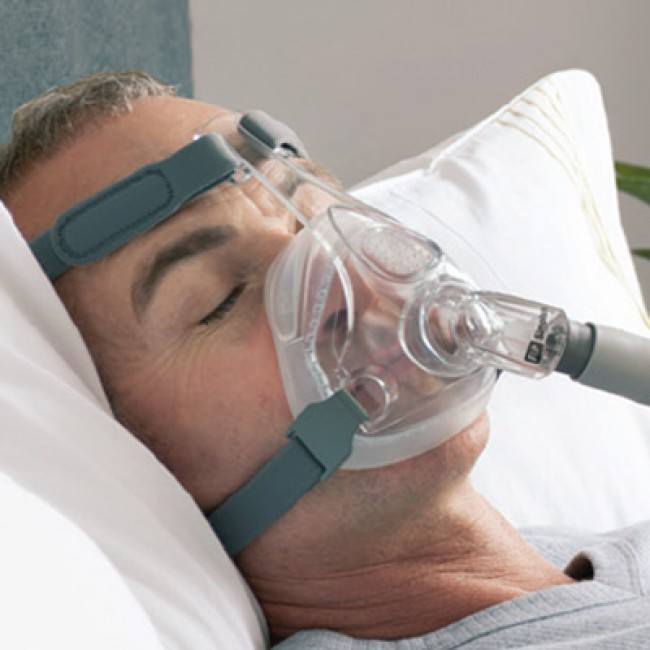In many sufferers of obstructive sleep apnea, the use of a full-face CPAP mask is highly recommended because of its health benefits. With the CPAP machine, mild air pressure is feed into the person’s airways, keeping it open while you sleep. This is especially important considering that obstructive sleep apnea causes the person to inhale less than sufficient amounts of oxygen into the lugs, no thanks to the frequent pauses in breathing.
Unfortunately, there are usage issues with CPAP masks that make them less than effective for many individuals. But since this is a matter of health, you must find ways to overcome your initial difficulties with them. Here then are the ways to do so.
Slow Adjustment
Nobody is telling or expecting you to immediately fall in love with the full-face mask. In fact, even the National Heart, Lung, and Blood Institute asserts that it will take at least a week to get used to it although some may take as long as a month. The primary reason appears to be the mask’s closed design that induces claustrophobia even in people who do not have it, not to mention that the background hiss of the machine takes some getting used to.
To counteract these inconveniences, in a manner of speaking, you can heed these tips:
- Start by holding the mask to your face for a few minutes each day. This should be done while you are relaxing, waiting for a family member, and just about every chance you can get.
- Progress to wearing the mask with the straps on for short sessions, which should be complemented with the addition of the hose.
- Practice wearing the mask with the machine up and running for a few minutes each day. You should then be able to get used to wearing the CPAP mask during the night.
Straps Too Loose or Too Tight
The mask must fit over your face in an almost perfect manner. If it is too loose or too tight, you may end up with sore, irritated and swollen eyes as well as blisters, rashes, and pressure sores on the skin, among other health issues. If this happens, you should reset the full-face mask and readjust the straps. Or better yet, you can use an eye patch. Many patients even consult a respiratory specialist to pinpoint the problems and provide the most effective solution.
You may also suffer from leaks because of ill-fitting masks. There are many solutions in this case, of which the most practical is to seal the mask with tape. You should also wash it daily and moisturize your face before using the mask. Of course, you will experience other problems with an ill-fitting CPAP mask. Just remember that to solve said problems, you must apply a trial and error method until such time that you have found the perfect solution in your case. Giving up will only make your problems related to sleep apnea worse than before. So, never give up!
CPAP Clinic – HealthCare at your home
We serve Toronto Area, Ontario, Canada.
Contact us: 1-877-430-CPAP(2727) or info@CPAPClinic.ca
|
You can rent CPAP in Toronto through CPAP trials in Toronto which will make looking for the right rent CPAP in Toronto easier. Visit CPAPClinic.ca today! |


1 thought on “Problems and Solutions With a Full-Face CPAP Mask”
I get claustrophobic from breathing out because there is pressure from the air coming in. Helpful post and hoping for any suggestion.